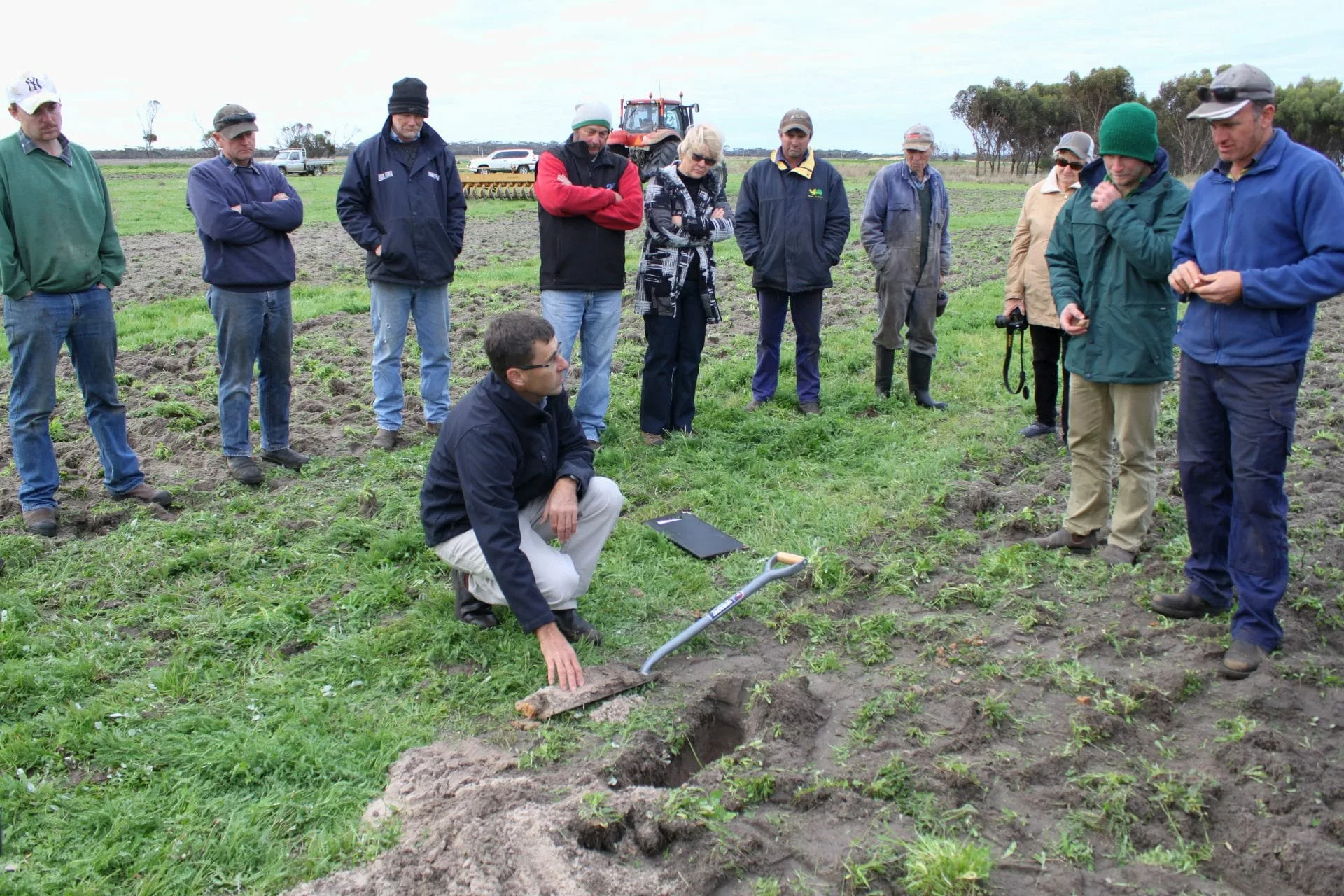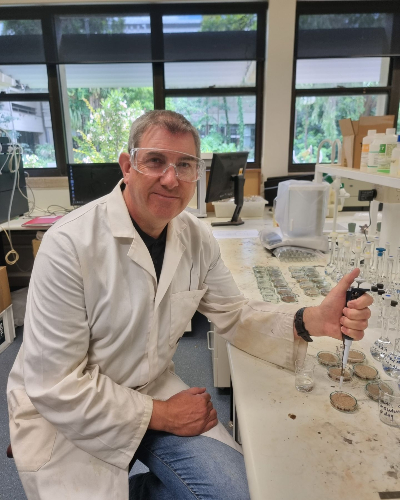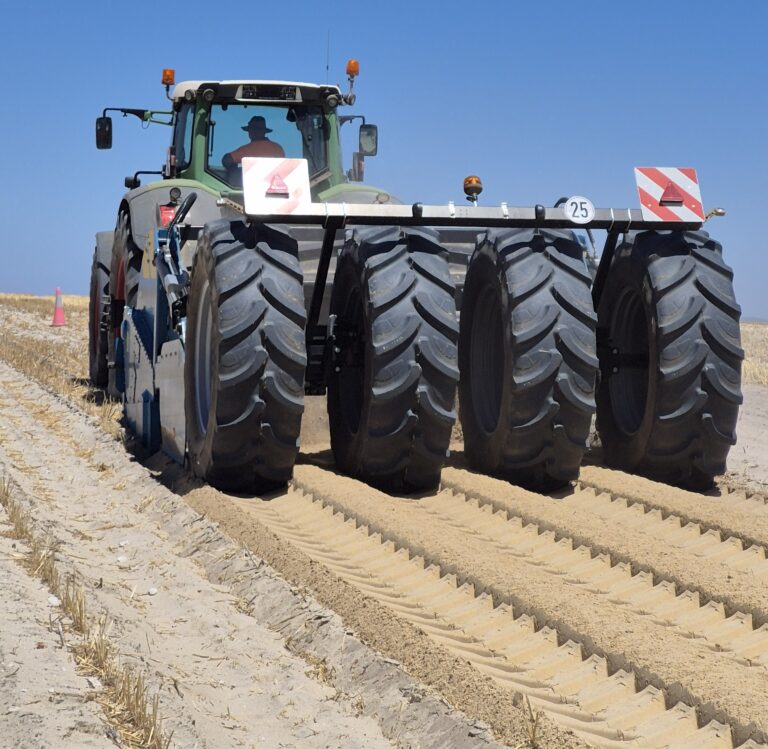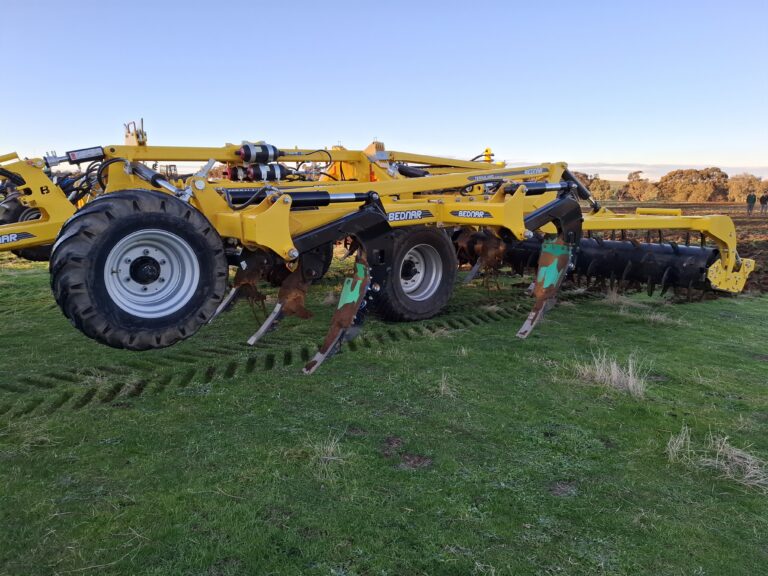PROJECTS
Subsoil constraints: Understanding and management

PROJECT DETAILS
Status
Duration
Collaborators
- Department of Primary Industries and Regional Development
- Grains Research and Development Corporation
Project team
- David Hall
Project overview
Subsoil constraints cost WA growers more than $600 million each year in lost production (Herbert 2009). These include acidity, nutrient disorders (deficiencies, toxicities), compaction, sodicity, waterlogging and salinity. Often one or more of these constraints are present and can decrease root depth and function to the extent that yield penalties are incurred. Current diagnostics are often insufficient or cost prohibitive on a large scale. Being better able to predict the extent and severity of these constraints, as well as the evidence in ameliorating these soils would enable growers to more confidently and accurately identify and assess management and/or mitigation options for their circumstance.
The project achieve state-wide coverage through partnerships with grower groups and extension specialists in the northern (Liebe, West Midlands, Mingenew Irwin Groups), central (MADFIG, Kellerberrin, Bodallin, Facey, Corrigin, LIFT) and southern (RAIN, SEPWA, FBG, Stirlings to Coast, North Stirlings, Bugs and Biology) wheatbelt of WA.

How is the research being used?
- Approximately 11 million ha (70%) of south-western Australia moderate to strongly-affected by acidity. Yield penalties occur in over 90% of seasons (46% for barley and canola, 13% for wheat).
- Moderate to high compaction estimated on 12 million ha (75%). Crop penalties 10-30%, occurring in approximately 67% of years.
- Approximately 10 million ha (62%) of croppable land in south-western Australia susceptible to subsoil sodicity. Yield penalties often between 10-30%.
- Approximately 11% of croppable land in south-western Australia is affected by transient salinity (two million hectares). Yield penalties range from negligible up to 65% depending on the severity of susceptibility and crop type, with an average of approximately 15%.






